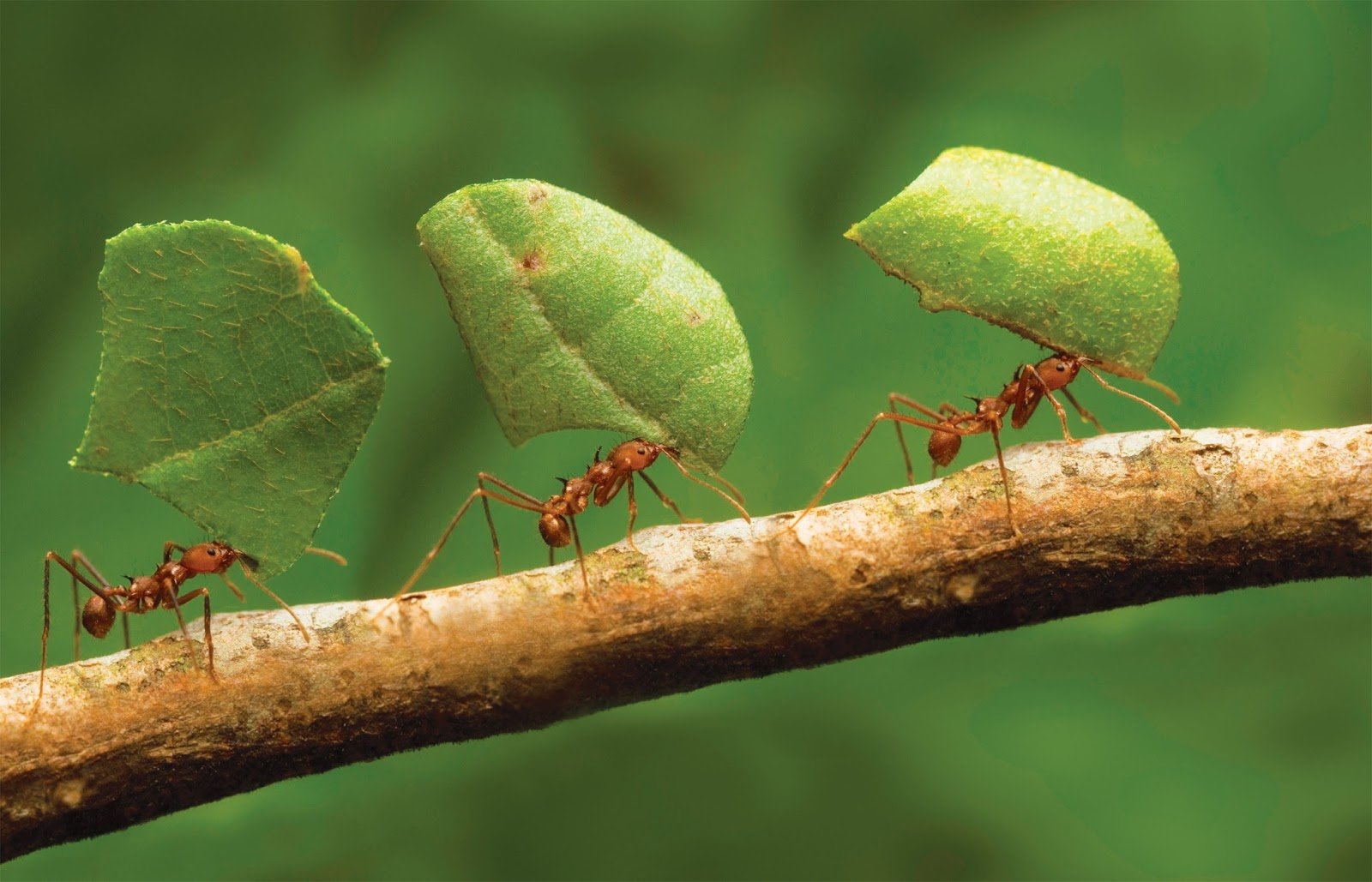Ants are fascinating little things. In many, many ways, ants can outwit, outlast, and outplay humans. Their complex, cooperative societies enable them to survive in conditions that other organisms would find challenging.
Social organisms such as ants are particularly difficult to genetically modify because of their social nature. Modification of an individual genome is typically ineffective because a single female queen usually does all the laying. Therefore, the edited eggs are rejected by workers and fail to survive. Social insects also experience a complex, drawn-out lifecycle, so creating many genetically modified offspring within a reasonable amount of time has been impossible. However, these problems were recently addressed by a team at The New York University.
The research by the team involved genetic modification of ants using the editing system, CRISPR, to create ones that lacked a sense of smell; the scientists then watched these ants wander away from their colonies, steal food, refuse to mate and fail to tend to eggs — antisocial behavior that contradicts the hive-mind mentality of most ant communities.
The scientists undertook this project, not to create deficient ants, but to use ants as models in order to obtain a fundamental understanding of how a complex biological system
works.The researchers hope to turn ants into model organisms, right up there with such laboratory stalwarts as E. coli and Drosophila. But while bacteria and fruit flies have proved invaluable for addressing fundamental questions of how genes operate or body plans arise during development, model ants offer scientists the chance to explore, under controlled conditions, the origin and evolution of animal societies.
The scientists worked with the Indian jumping ants, a species, unlike most have one ant selected from birth to be the queen, although any female Indian jumping ant has the potential to become a queen, something that happens when she is isolated from the colony. This democratic coronation process is beneficial because the researchers could simply turn many ants into queens and breed them, quickly creating large populations suited to research. Once they had their ant army, the researchers used CRISPR to snip out a single gene coding for a protein crucial to the workings of olfactory receptors in the ants.
The theory was that by knocking out the ants’ ability to follow scent paths they would disrupt critical social behaviors. The goal? To see what would happen if they did. As predicted, the knocking out rendered the GM ants restless and unable to follow scent paths.
Typical ants have clusters of nerve endings of each type of odorant receptor called glomeruli in their brains. In transgenic ants, the glomeruli never formed.
These results suggest a future line of research: comparing and contrasting brain development in different species in order to assess how brains evolve to manage complex social behaviors. The researchers hope the Indian jumping ant will become a model organism for study of the origin and evolution of animal societies.



























